Diamond clarity is the assessment and checking of small imperfections on the diamond’s surface. The imperfections may be some blemishes on the surface or internal flaws that are called inclusions. All these imperfections are so tiny that you can only watch them with a microscope. On the other hand, if you want a perfect diamond for your wedding ring, then you must check its clarity. Because the price of a diamond is dependent on its clarity. The diamonds with small inclusions will get higher clarity grades.
When it comes to the quality of a diamond, then there are 4Cs that affect beauty. These 4Cs are responsible for the quality and grading of diamonds. When it comes to genuine quality, then clarity is one of the most important factors to check. They are microscopic, therefore, hard to check with the naked eye. The small inclusions and blemishes are present in every diamond but the thing that matters is their percentage. Before finding the method to determine the clarity of the diamond, you must know the 4Cs of diamond. They are:
- Clarity
- Color
- Carat weight
- Cut
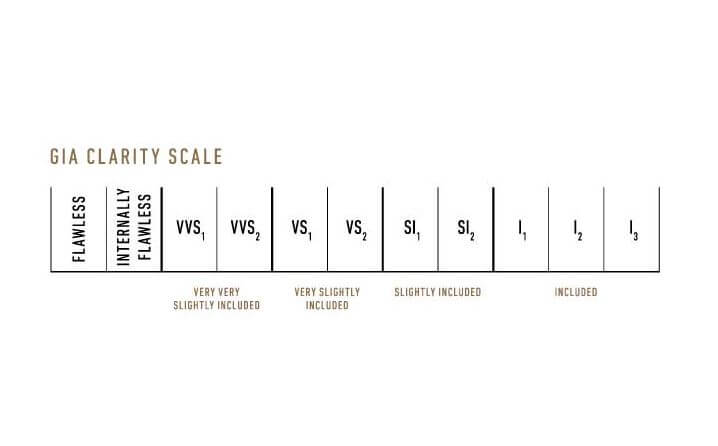
The scale of diamond clarity:
The clarity of a diamond is usually determined with the help of grade letters. The grade letter indicates the number of inclusions and blemishes on the upper and internal surface of the diamond. You can see the flaws with the help of a 10X microscope. Only a 10X microscope can help you if you want to know the clarity scale of your diamond.
If you want to know the most common and modern grading scales, then they are available here. These grading scales are from the GIA which is abbreviated as Gemological Institute of America. The following are the most popular types of grades in the international market through which you can judge the clarity of the diamond.
- FL: You can give FL scale to those diamond that doesn’t have any inclusion or the blemishes. It means the diamond will be flawless.
- IF: This scale will tell you the presence of flaws in the diamond. If you will give this scale to your diamond, then it will be internally flawless.
- VVS: This scale includes VVS2 and VVS1 grades. If there will be very slight flaws in your diamond, then you can use this scale.
- VS: You can give VS scale to those diamonds that have slight flaws. It will have VS1 and VS2 subgrades.
- SI: The use of SI grades is for those diamonds that have SI1 and SI2 grades. They are the subgrades, not the grades.
- I: You can use I1, I2, and I3 as the subgrades of I grade.
These are the grades that are recognized internationally. GIA helps you in determining the exact clarity grade of your diamond. if you want to learn more about the grades, then you need to check the colors. They will also help you in determining the price by judging the clarity and color.
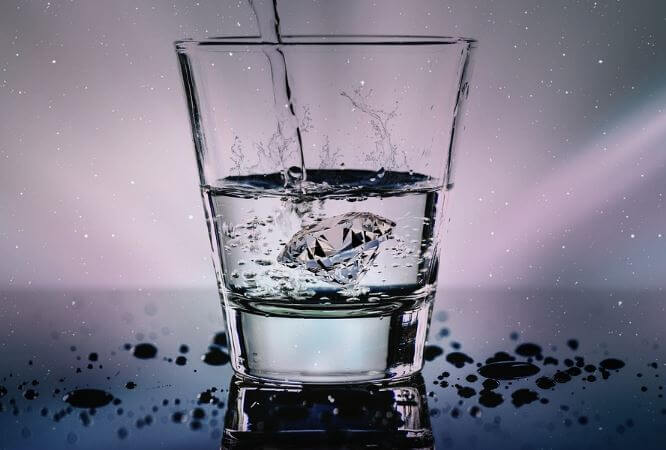
Determining the clarity of diamond:
Only the trained gemologists can determine and assign a grade to the diamond. He will examine the diamond under a 10X microscope before assigning the grade. Without proper knowledge and professional gemologists, you can’t assign a grade.
If you want to know an estimated grade, then you can check under a 10X microscope. It will give you a roughly estimated scale. On the other hand, if you fail to judge the black spots, blemishes or lines, then the diamond fails to pass the IF/VVS1/VVS2/FL clarity scale.
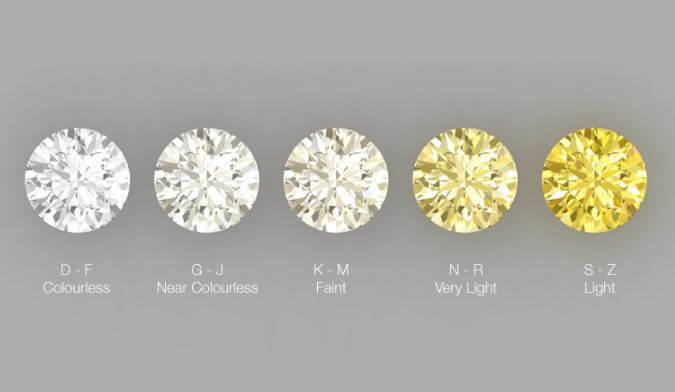
Different types of diamond color scales:
The color of the diamond will tell you about the yellow hues. Other than this, the color will also tell you about the visibility of flaws and blemishes. The GIA has 5 coloring grades. All jewelers use these 5 color scales to determine the coloring scheme of a diamond to detect the clarity.
- Colorless
- Faint yellow
- Light yellow
- Very light yellow
- Near colorless
If you will detect the coloring scheme very carefully, then it will become easy for you to detect the blemishes and inclusions. It will tell you the finer distinction.
- Colorless: If the diamonds will be free from the yellowish tints, then the color of the diamond will be nearly colorless. In these conditions, you can give D, E or F range color.
- Faint yellow: If there will be a very faint yellow color inside the diamond, then you need to give it a faint yellow color scale. On the other hand, you can also declare K, L or M scale stone.
- Very light yellow: Stones in the N, O, P, Q and R will have yellow tints inside or on the outer surface. In these cases, you can’t give a colorless scale to the diamond.
- Light yellow: In this case, the diamond will show a clear yellow color. The scale that you can give to your diamond is, S to Z.
- Near colorless: It is the end range of yellow color. You won’t see any type of yellow tints on the outer surface.
Related: What are colorless diamonds
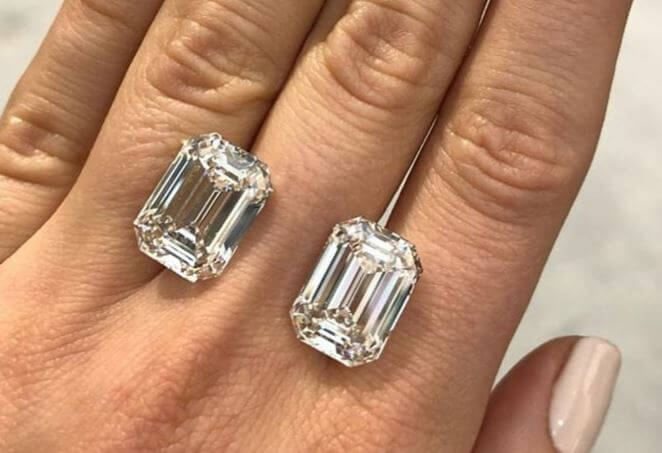
How you can give colors to your diamond?
Giving color to your diamond is not an easy step. You need to check many things in your diamond before giving a color. The professional check the diamond with the help of master stones.
You can say that a master stone is a simple diamond. You need to compare your diamond with the master one to give a proper color. On the other hand, the master diamond will belong to a specific grade.
But there are some things that you need to do before giving color to the diamond. You need to check well-lit conditions. On the other hand, you must adjust color in loose conditions. The master stones will also be in good condition.
Related: What Color Diamond is the Rarest and Most Expensive in the world
Conclusion:
These are the somethings that you need to check in the diamond to determine the clarity. Clarity is the main thing that will tell you the price of a diamond. Therefore, being a professional jeweler, you must have a high-end microscope to judge the clarity. Apart from these things, if you want to learn more things, then you can visit our website for the best results.

Shane Carry, the enigmatic voice behind the captivating content of TheDiamondsRing.com, He is a seasoned gemologist and writer renowned for his expertise in the field of diamonds. With a career spanning over two decades, Carry has established himself as a leading authority on gemstones, garnering acclaim for his insightful analysis and compelling narratives.
Carry’s passion for diamonds was ignited at a young age, fueling a lifelong pursuit of knowledge in gemology and jewelry design. He holds degrees in both Gemology and Jewelry Design from prestigious institutions, where he honed his skills and deepened his understanding of precious stones.
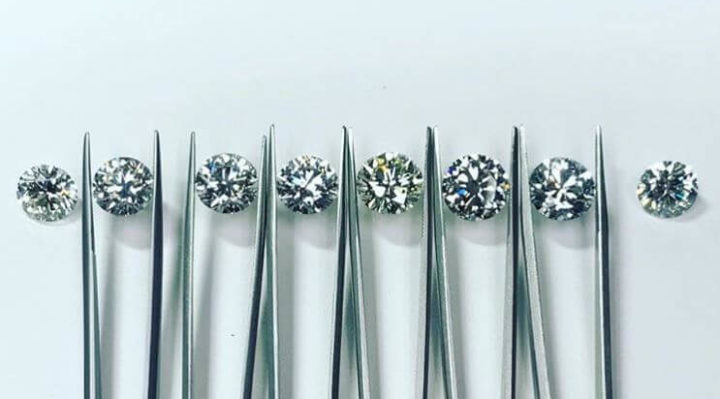
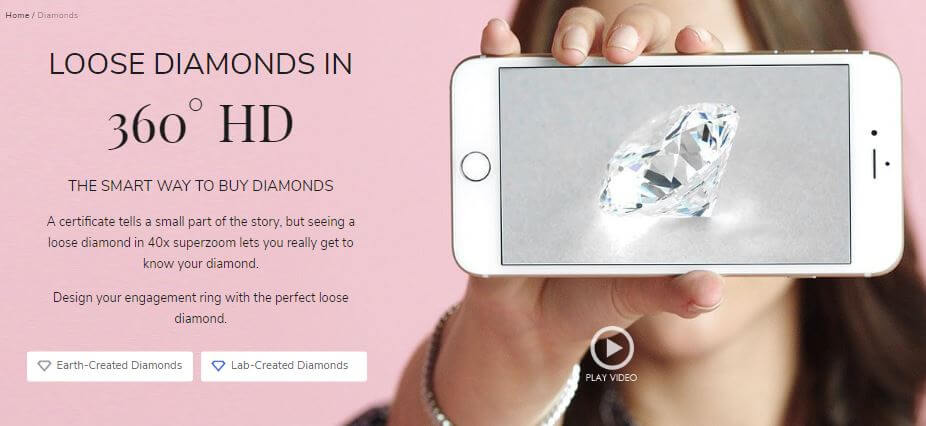
we bought a d fl diamond a few years ago and had it mounted in a simple setting where it is kept in the bank. Recently we were told that it is possible the setting of the diamond may have made it an IF and no longer a FL diamond. Also online we saw an article saying an IF diamond can be worn to the point that it is now a VVS1. Is any of this true? In addition, we are thinking of having the diamond reset, insured and worn. Is this wise or is it setting up the diamond for a decrease in its quality? Thank you very much for any information. sincerely,
marcy
I suggest you to keep your D FL diamond, which is rare and very expensive now and highest in the quality.
thank you very much I learn God Bless you !!!